6 Scientific Breakthroughs Made Possible by Henrietta Lacks
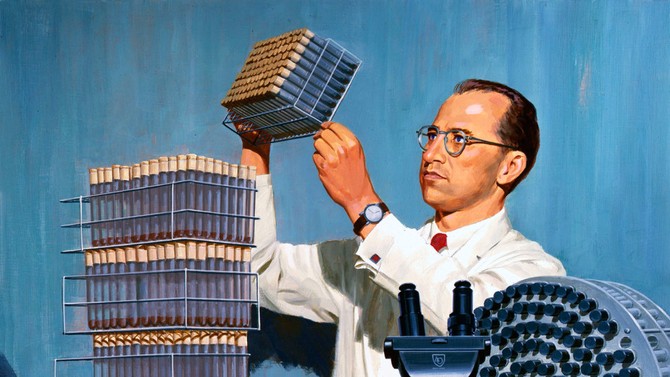
Photo: Ed Vebell/Getty Images
Since its establishment in 1951, the HeLa cell line has been used to study everything from influenza to in vitro fertilization—and HeLa cells can now be found in laboratories the world over. Among the breakthrough medical moments Lacks’s DNA made possible:
1952
Jonas Salk develops the world’s first polio vaccine—but the lifesaving advancement must be tested before being given to children. Enter the first HeLa distribution center, created to produce trillions of cells and expose them to the virus.
1952
Jonas Salk develops the world’s first polio vaccine—but the lifesaving advancement must be tested before being given to children. Enter the first HeLa distribution center, created to produce trillions of cells and expose them to the virus.
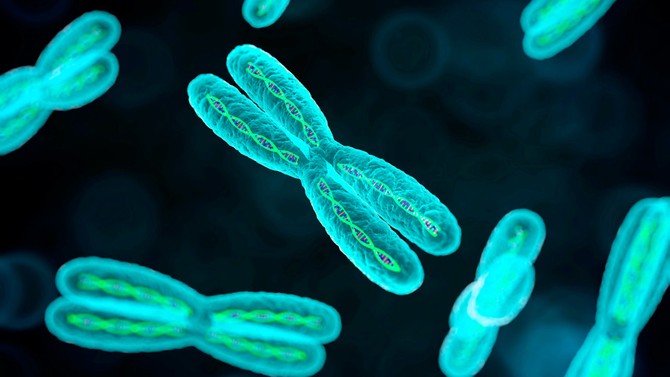
Photo: Science Photo Library/Getty Images
1953
HeLa cells are mistakenly mixed with a liquid that causes their chromosomes to unclump, offering a clear glimpse of each; seeing the total number of chromosomes (46) for the first time gives doctors a baseline by which to identify abnormalities.
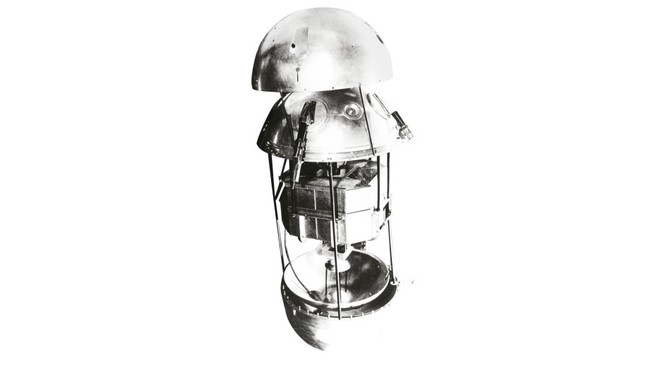
Photo: Album/Art Resource, NY
1960
HeLa cells accompany the Soviet satellite Korabl-Sputnik 2 into orbit, beating Yuri Gagarin and John Glenn to space. NASA responds by placing HeLa on board the Discoverer XVIII satellite to study zero gravity’s impact on human cells.
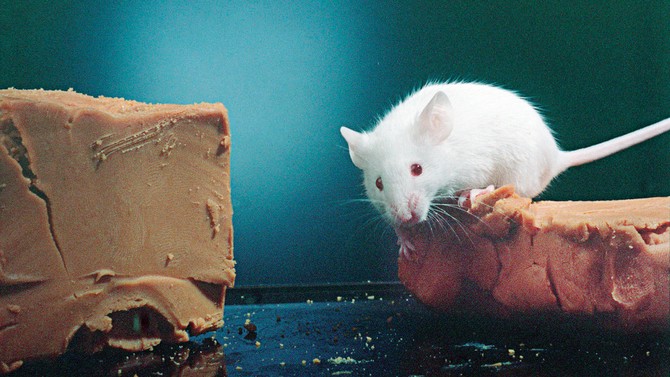
Photo: Ed Compean/Hulton Archive/Getty Images
1965
Scientists Henry Harris and John Watkins release the news that they’ve combined HeLa and mouse cells. The experiment lets researchers link gene function to specific chromosomes, setting the stage for the mapping of the human genome.
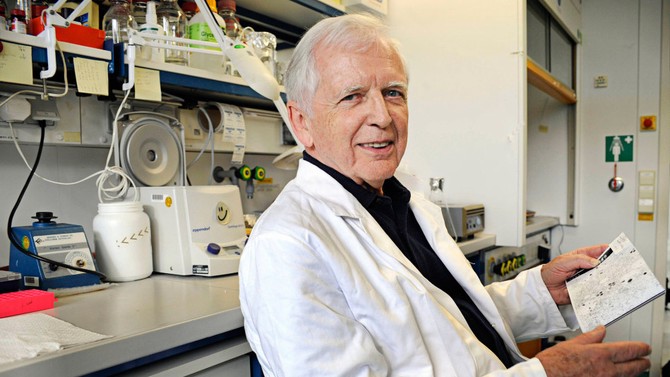
Photo: Thomas Lohnes/AFP/Getty Images
1984
Virologist Harald zur Hausen tests a sample of Lacks’s original biopsy and finds it’s infected with an STD called human papillomavirus (HPV) 18. Using HeLa cells, he discovers HPV 18 causes cervical cancer—and paves the way for a vaccine.
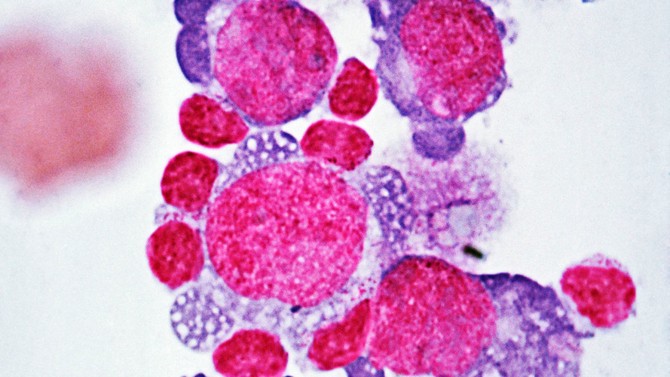
Photo: Dan McCoy/Science Faction/Getty Images
2014
Chemists and engineers at Penn State University announce they’ve implanted synthetic nanomotors into HeLa cells; the technology, previously unstudied in living human tissue, might one day allow doctors to destroy cancer cells from the inside.
Get a behind-the-scenes look at the new HBO film based on the story of Henrietta Lacks.
Get a behind-the-scenes look at the new HBO film based on the story of Henrietta Lacks.
From the April 2017 issue of O, The Oprah Magazine

